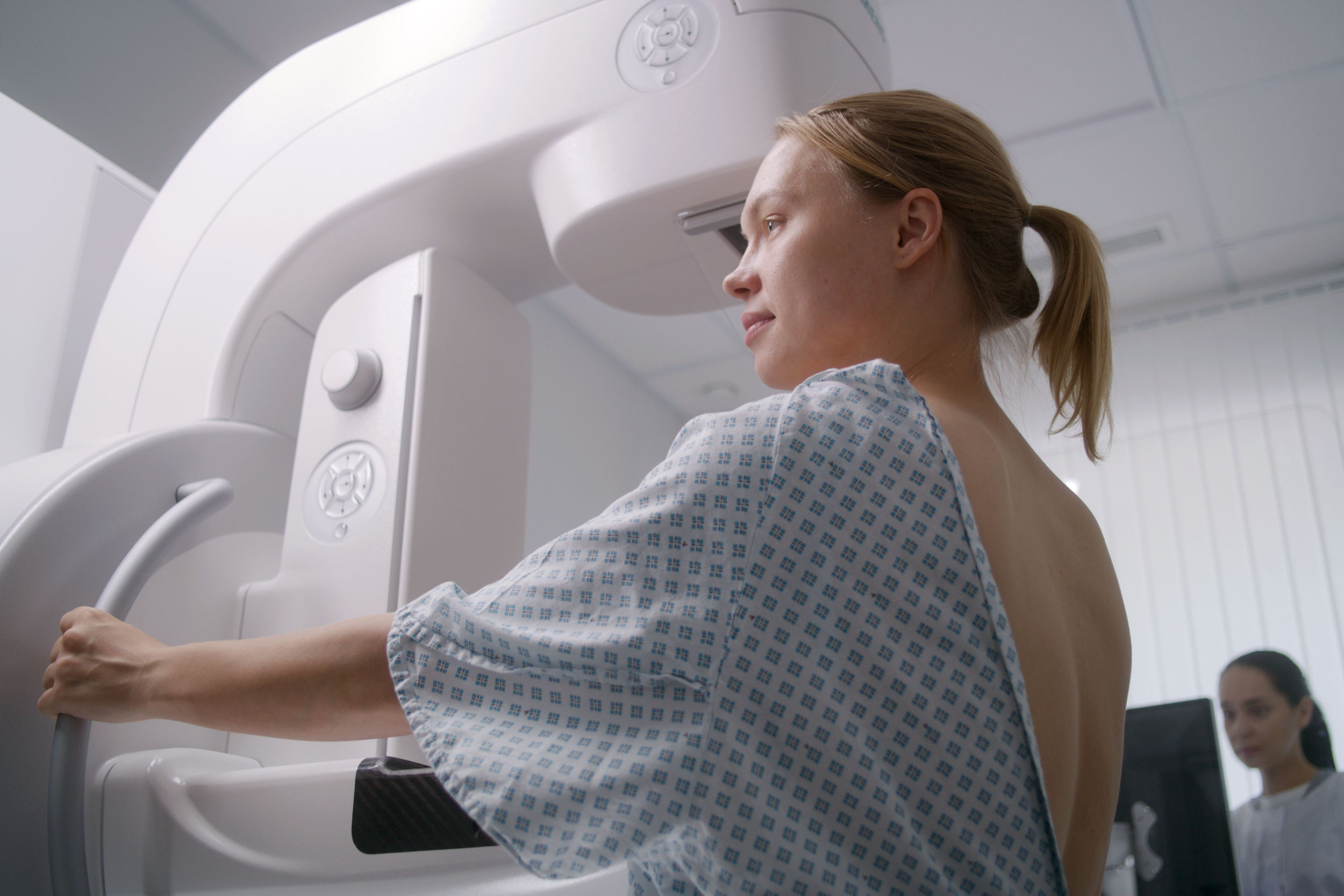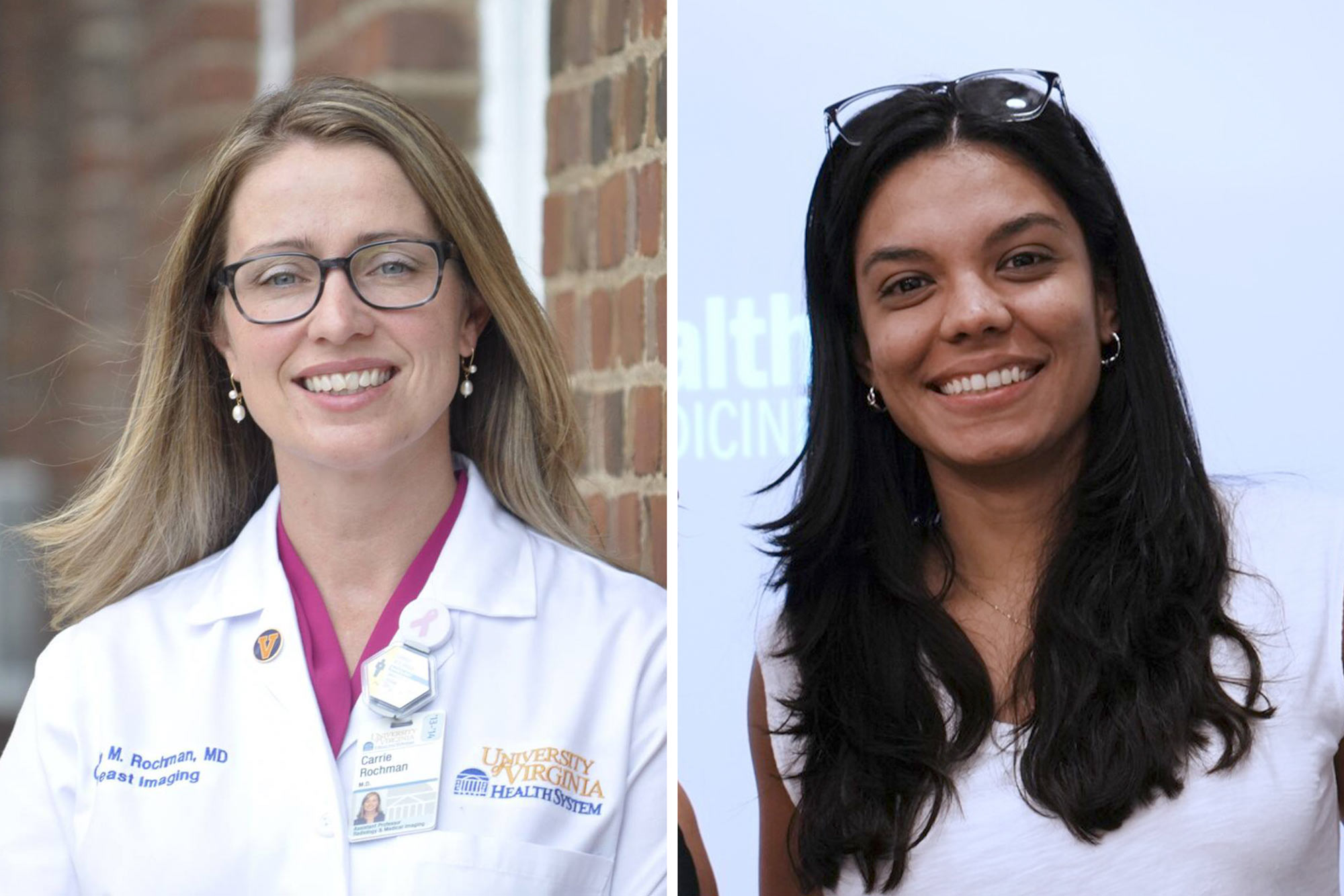Two things have changed during the past few decades: more people are getting screened, and the methods of detection are improving, said Maria Reyes-Matos, a postdoctoral fellow in the University of Virginia School of Medicine specializing in surgical oncology.
“The incident rates are partly higher because we’re detecting the cancer earlier, faster and with better imaging than we had in the past,” she said. “In addition to earlier detection, risk factors are also changing and affect incidence rates.”
In 2011, the FDA approved 3D mammograms, also known as digital breast tomosynthesis. Since then, Rochman said UVA Health has transitioned to almost exclusively using those techniques, which she said has led to better diagnoses and fewer false positives.
Additional screening for women with dense breast tissue has also improved, Rochman noted. Women with dense breast tissue have more fibrous, glandular tissue, rather than fat, and are at a higher risk of cancer. It is also harder for doctors to detect cancer using mammograms on denser breast tissue.
“For women that have dense tissue, we offer supplemental screening in addition to a mammogram,” Rochman said. “That can be a whole breast ultrasound, or a new type of mammogram called a contrast-enhanced mammogram or a fast MRI. All these tools are helping us find cancer, not just mammograms alone.”
Other risk factors researchers are investigating, Rochman said, include the fact women who have children, especially those under the age of 30, have a lower risk factor of breast cancer, and more women are choosing to have children later in life or not at all. Another risk factor is obesity, and “we have become a more obese population over the last few decades,” Rochman said.
Rochman recommends all women have their lifetime risk of breast cancer assessed around the age of 25 “by a provider who has access to models to plug in information about her family history, information on whether she’s had biopsies that showed anything atypical,” she said. “Based on that, (they should) create a really individualized screening strategy.”
For general recommendation, she said women should have annual mammograms starting at the age of 40, as the United States Preventive Services Task Force recommends.
Doctors should also factor in demographic data and research, such as findings that show African American females are usually diagnosed with breast cancer at later stages, Reyes-Matos said.
Recognizing medical institutions have historically underserved certain populations, Rochman said UVA Health is working to understand where continuing health disparities exist and how to increase access to knowledge about screening across racially and linguistically diverse communities.
Both UVA experts are hopeful the higher survival rates are partly attributed to improved treatments and increasing attention to the way that social determinants – like education, access to food, and the built environment – have on health.











